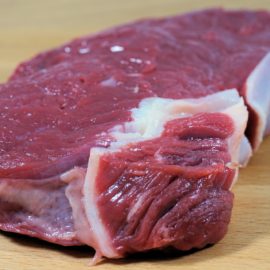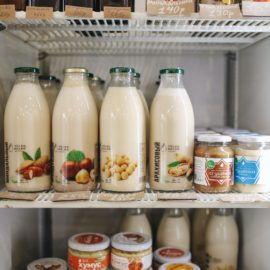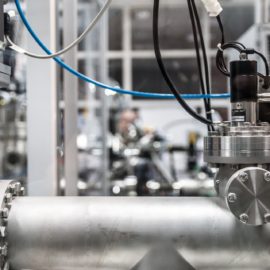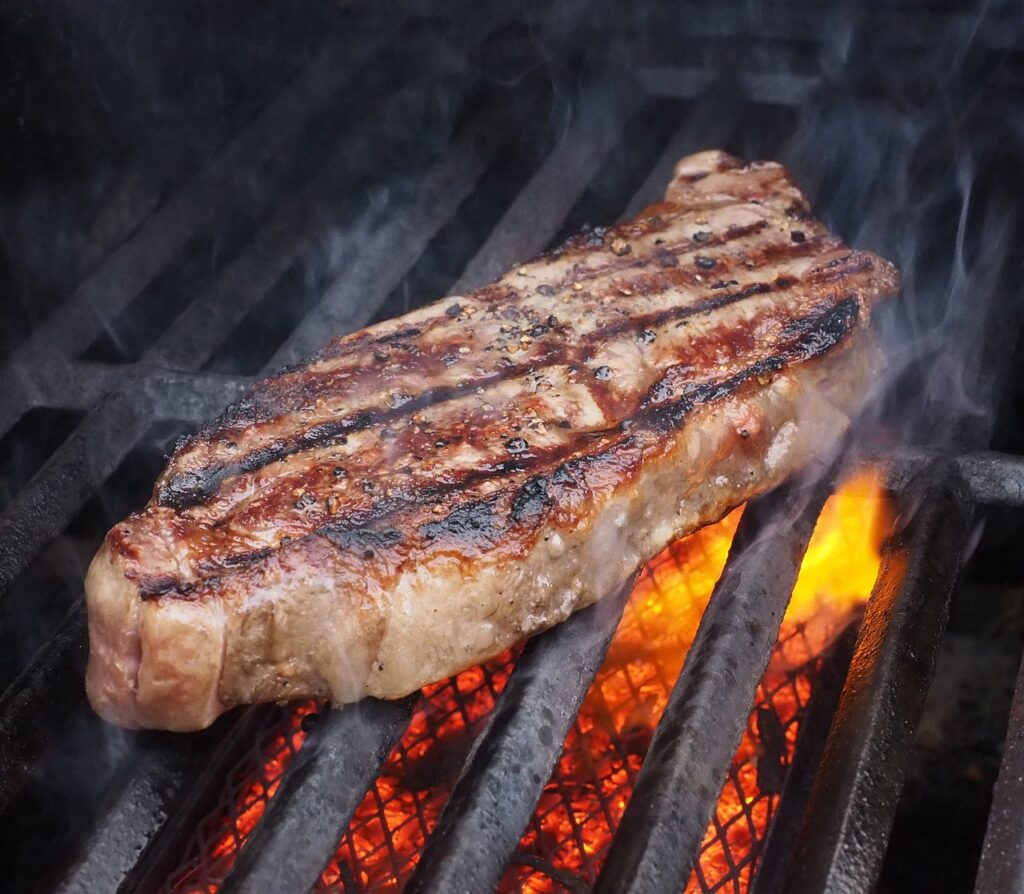
Salmonella is a type of bacteria that can cause foodborne illnesses in humans. There are various strains of Salmonella. Among these, Salmonella enterica is one of the most common species that can infect people. It is responsible for the many cases of food poisoning each year, with symptoms ranging from mild gastrointestinal discomfort to severe illness. According to the Centers for Disease Control and Prevention (CDC), Salmonella cause about 1 million cases of foodborne illness every year. The bacteria can contaminate a wide range of foods, especially raw or undercooked foods such as meat, egg, and poultry.
You might also like: The 7 Most Common Disease-Causing Bacteria
With the wide range of foods that salmonella can contaminate, you might ask if cooking can kill the bacteria. In this blog, we will explore the role of cooking in killing Salmonella and preventing foodborne infections.
WHAT IS SALMONELLA?
Salmonella, a Gram-negative bacterium, presents rod-shaped cells with lengths ranging from 2 to 5 micrometers when viewed under a microscope. These cells are non-sporulating, meaning they do not form spores, and they are motile, equipped with flagella that enable them to move.
Salmonella exhibits adaptability in its growth conditions. It is a facultative anaerobe, capable of thriving in both oxygen-rich and oxygen-poor environments. Its optimal growth temperature falls within the range 98°F (37°C) to 107.6°F (42°C), mirroring human body temperature. This characteristic is significant as it enables Salmonella to colonize the human gastrointestinal tract effectively. The optimal pH for Salmonella is between 6.5 to 7.5. The bacteria can also withstand low pH levels of around 4.5. This enables them to survive the acidic conditions of the stomach.
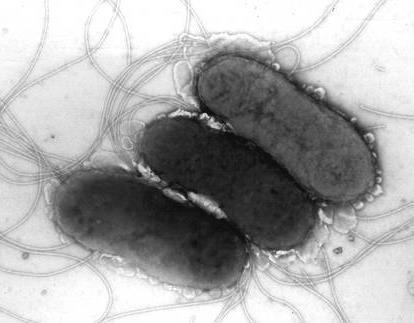
Moreover, Salmonella exhibits relative heat resistance, which raises concerns for food safety.
From a pathogenic standpoint, certain Salmonella strains are known to be harmful to humans and animals, causing diseases such as salmonellosis, typhoid fever, and gastroenteritis. These pathogenic strains possess virulence factors that facilitate host cell invasion and disease progression, including fimbriae, flagella, and type III secretion systems.
Transmission of Salmonella primarily occurs through the ingestion of contaminated food and water. Many food items, particularly those of animal origin, such as poultry, eggs, and meat, can serve as reservoirs for Salmonella. Fecal-oral transmission may transpire when food is mishandled, or when contaminated hands or surfaces come into contact with food.
Symptoms of Salmonella infection
Salmonellosis, an infection caused by the Salmonella bacterium, can be contracted by individuals when they consume food that has been contaminated, including inadequately cooked eggs, meats, poultry, or unpasteurized milk.
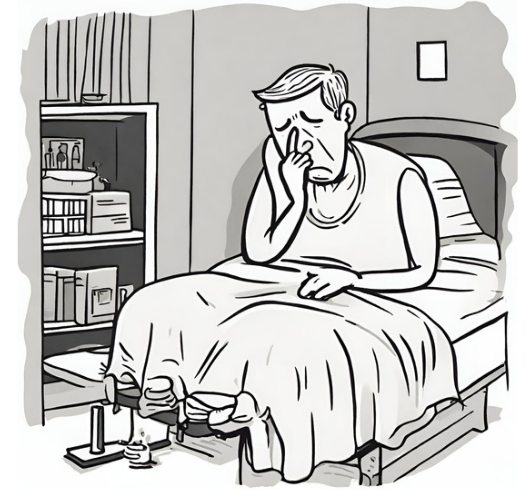
The symptoms of salmonellosis usually develop within 12-14 hours of eating the contaminated food, but can range from a few hours to several days.
Symptoms include nausea, vomiting, abdominal pain, headache, chills, diarrhea, prostration, muscular weakness, faintness, fever, restlessness, and drowsiness. These Symptoms typically last for 2-3 days.
The mortality rate for Salmonella food poisoning is 4.1%, but varies depending on age. The mortality rate is highest in infants (5.8%), followed by people over 50 years old (15%).
Up to 5% of people who recover from Salmonella food poisoning become carriers of the bacteria. This means that they can carry the bacteria in their intestines without showing any symptoms, but they can still spread the bacteria to others.
Now, back to the question.
CAN SALMONELLA BE KILLED BY COOKING?
Yes, Salmonella can be effectively killed by cooking when the correct temperatures are reached and maintained. According to a study, exposure to a temperature of 140°F (60°C) to 149°F (65°) for several minutes is sufficient to destroy salmonella bacteria.
| FOOD TYPE | RECOMMENDED COOKING TEMPERATURE |
| Poultry | 165°F |
| Ground meat such as burger patty | 160°F |
| Eggs | Until both white and yolk are firm |
| Seafood | 145°F |
| Leftovers | 165°F |
The process of killing Salmonella through cooking relies on the application of heat. When food reaches these recommended temperatures and is held at them for a sufficient duration, the heat effectively breaks down the Salmonella bacteria’s cell walls and denatures the proteins within the cells. This process destroys the bacteria’s ability to cause infections, making the food safe to eat.
When preparing food, especially those susceptible to Salmonella contamination, cook it to the recommended temperature. For example, when cooking poultry, such as chicken and turkey, ensure it reaches a minimum internal temperature of 165°F (73.9°C). For ground meats like beef, pork, or lamb, aim for a temperature of 160°F (71.1°C). When cooking eggs, make sure both the egg white and yolk have solidified. Seafood should be heated to 145°F (62.8°C) or until it easily flakes apart with a fork. When reheating leftovers, be certain they reach a temperature of 165°F (73.9°C) to eliminate any potentially harmful bacteria that may have multiplied during storage.
References:
G. Cooper (2018). Food Microbiology. Library Press.
J. Jay, M. Loessner, D. Golden (2005). Modern Food Microbiology (7th edition). Springer.
Y. Motarjemi (2014). Encyclopedia of Food Safety. Academic Press.
